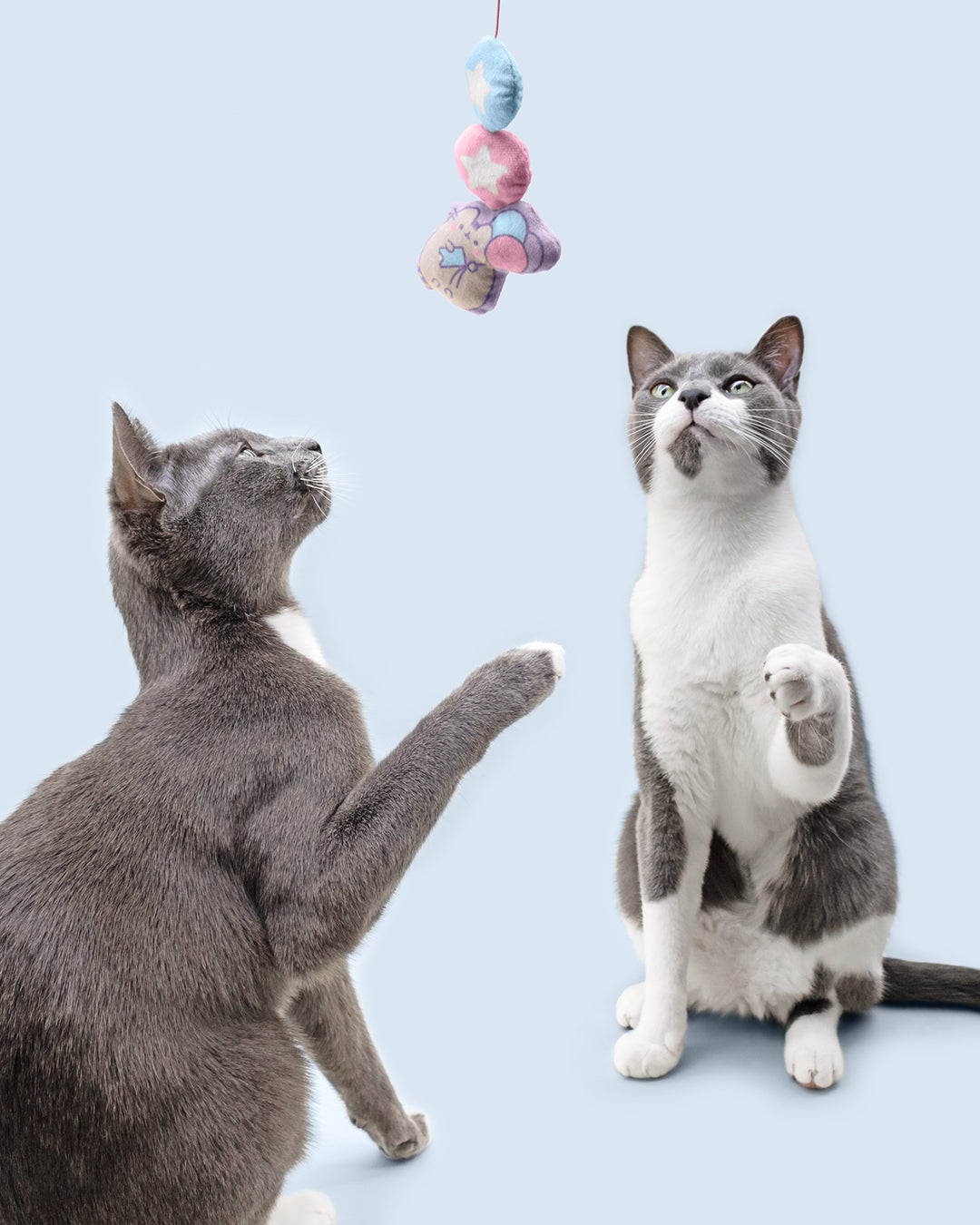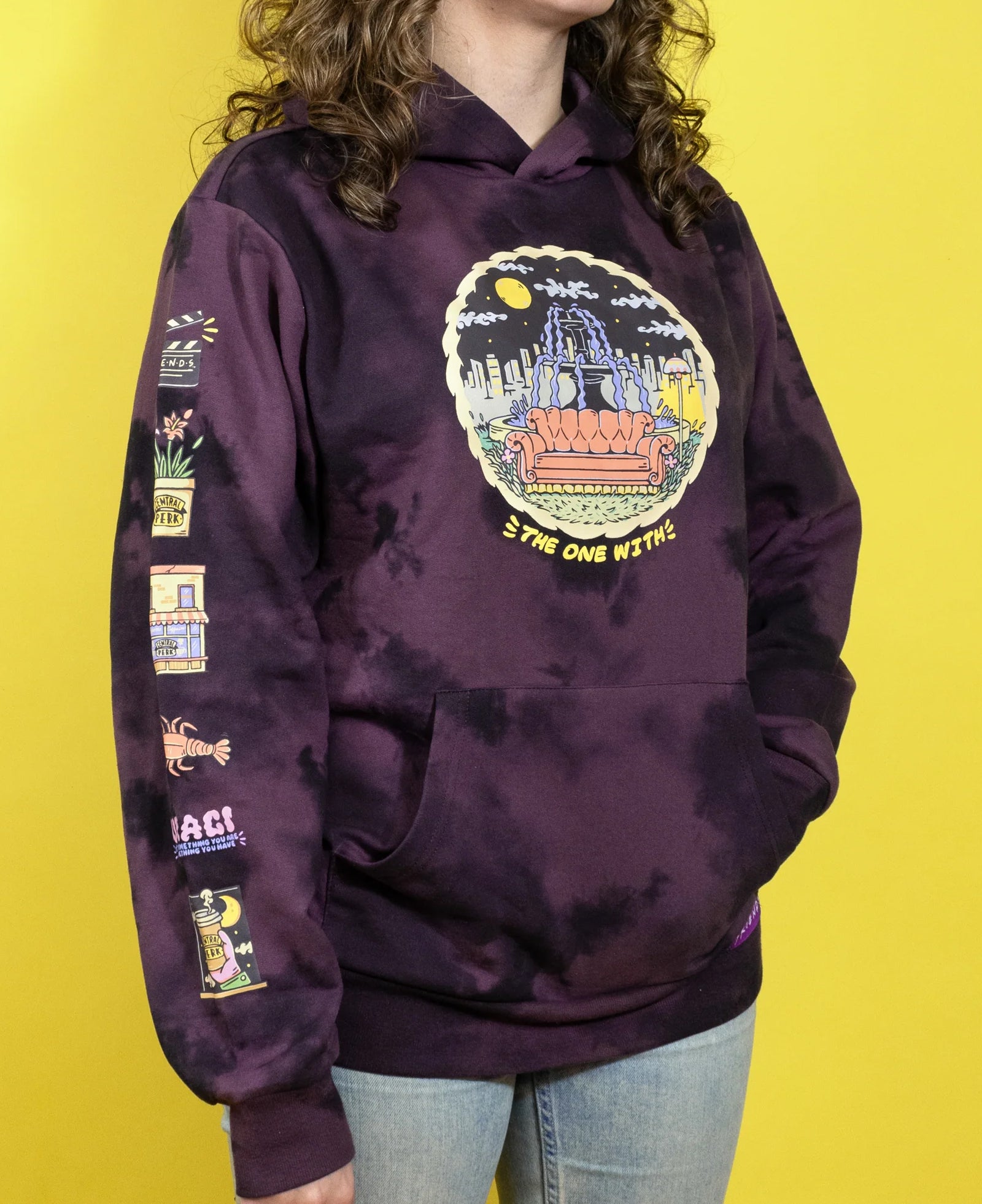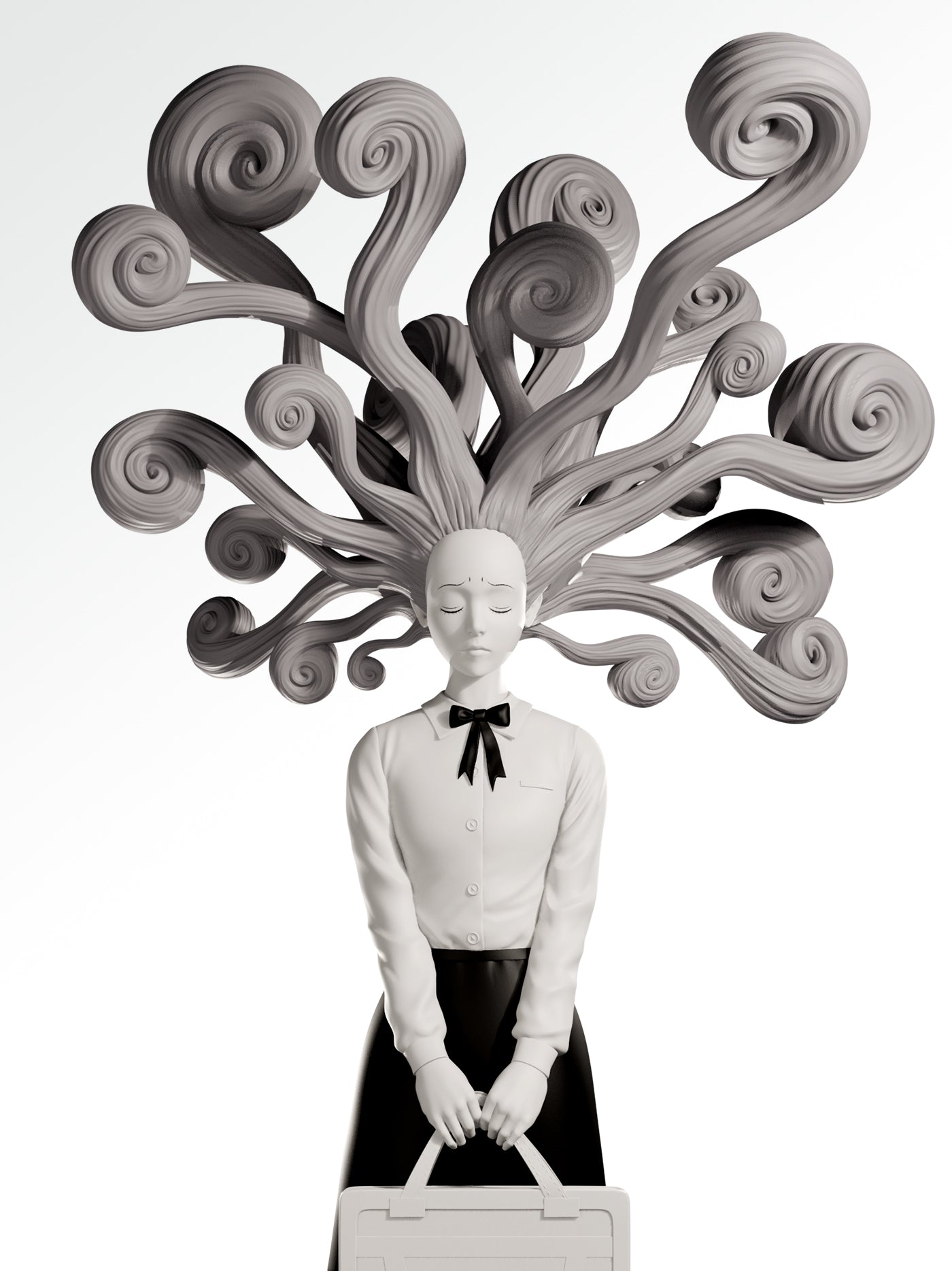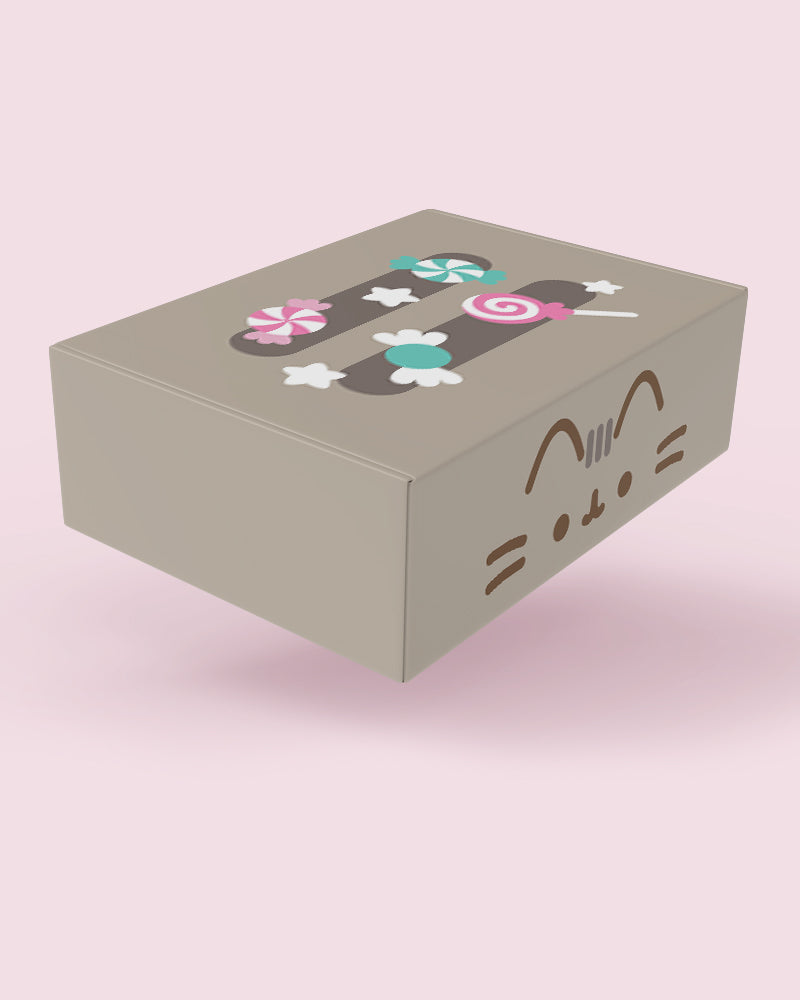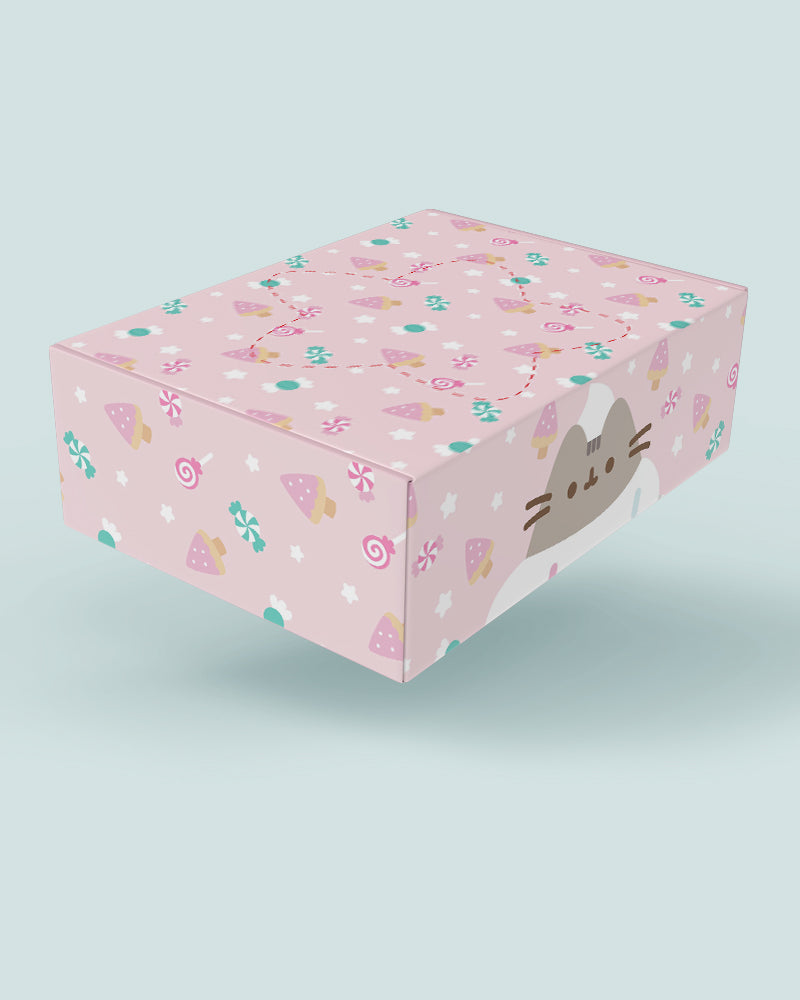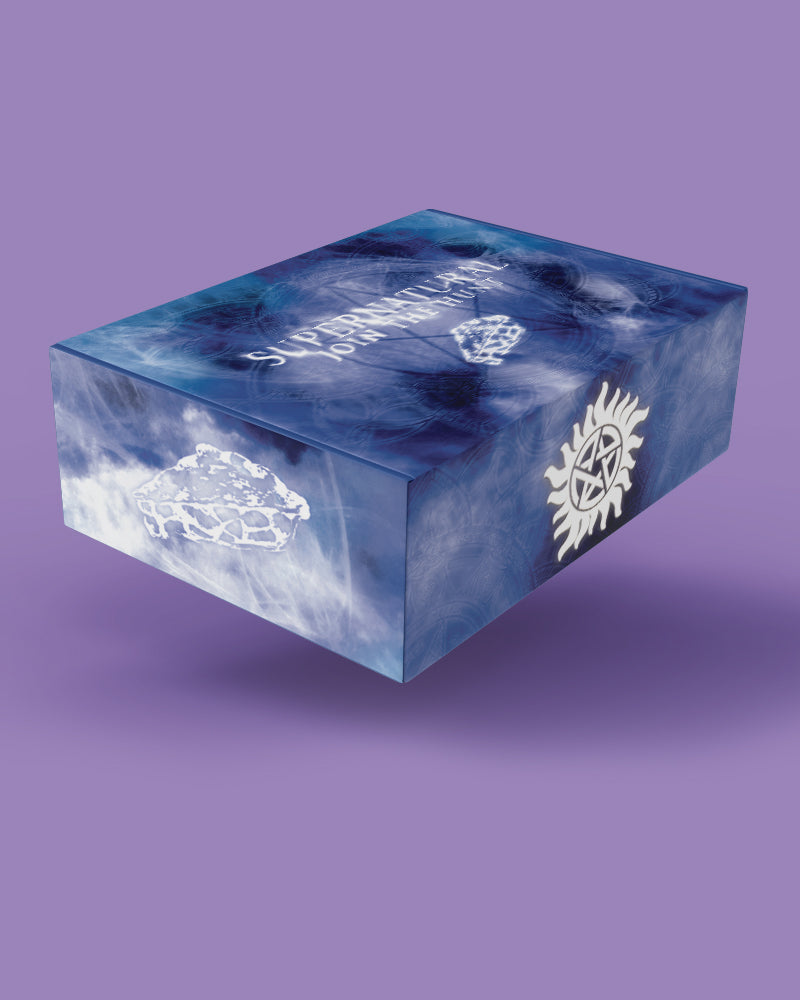Greetings Senpai! If you’ve ever been curious how Japanese anime made it 5,000 miles across the Pacific ocean, onto your screen, and into the hearts and minds of millions—stay tuned.
Whether you’re a casual watcher or a true otaku or weeb looking to brush up on your anime knowledge, there’s always more to know when it comes to anime.
This article will be your guide through the history of pop culture anime, the rise of anime in North America, and the lasting influence that different anime series have had on popular culture.
The History of Anime
Anime, an abbreviation of “animation,” began in Japan in the 1960s. The early artists associated with anime were often creators of popular Japanese manga (Japanese comics), looking to expand their stories onto the screen. Anime became a staple of Japanese pop culture.
An early manga artist moving from Japanese manga to anime was Osamu Tezuka, creator of Astro Boy.
It didn’t take long for anime and anime culture to make its way to North America and some historians have even commented that anime was designed originally to be exported from Japan.
Anime Comes To The U.S.
By 1963, the first anime made it to North America in the form of Astro Boy. Four seasons were made, but only two were ever aired in the U.S. A bit of a slow start for what would become an international phenomenon.
Other early anime imports include:
- 8th Man
- Kimbra The White Lion
- Speed Racer
- The Amazing Three
Early Influences
In the 1980s anime began catching on, developing a stronger influence in western culture.
From robots and cyberpunk to fantastical and family-oriented, anime was welcoming new fans into the community and growing with them.
The popular and influential 1980s anime included:
-
Robotech – Actually three shows under a single name, Robotech was an influential ‘80s anime. It not only aired for 85 episodes but had an active community of fans and continued to inspire new spin-offs.
-
Akira – While not particularly successful in Japan, Akira opened up a whole new audience to anime in North America. As a darker and more adult-oriented anime, Akira was primed to become an anime fan favorite of Generation-X and has continued to find popularity decades later.
-
Nausicaä of the Valley of the Wind – The first Hayao Miyazaki film to get distribution in the U.S. (though retitled and edited), Nausicaä was a success. This anime feature film paved the way for Miyazaki’s 2003 Oscar win for his film Spirited Away.
The Growth of Anime’s Popularity
Throughout the 1990s and early 2000s, the popularity of anime in North America exploded. Shows like Sailor Moon, Naruto, Dragon Ball Z, and Pokémon became staples of kids’ programming and even began attracting an older audience as well.
Not to mention, Hollywood began to take notice. Movies like The Matrix and Kill Bill Vol. 1 were heavily influenced by anime, co-opting the style and building on it.
Anime Merchandise
The first anime to get some serious merchandising was Prince Planet, and since then anime merchandise has been a key part of anime in pop culture.
Popular items have included:
- Apparel
- Collectible figures
-
Anime box subscriptions
- Stickers
- Candy
What is sometimes referred to as otaku culture has made it into mainstream pop culture. Anime fans of yesterday and today are all about expressing themselves and putting their tastes on display with anime merchandise.
It’s not just a hobby—it’s a lifestyle.
The Influence of Anime Today
Today, you see anime’s influence everywhere in pop culture. From The Legend of Korra to Stranger Thing, to John Wick, there’s no limit to what an anime series can inspire, not only in film and television but in video games and music as well.
According to a 2020 survey, approximately 30% of adults have a favorable view of anime and the number can only be expected to grow.
Keep an eye on the media you consume and if you look closely, there’s a good chance you’ll catch a reference, a parody, or an allusion to anime or anime culture.
Anime Fandom
Anime fanatics now have several different ways to connect with a larger community, talk about their favorite anime, and discover new shows, services, and items to let them express their inner otaku.
Anime fandom goes back to the 1970s when fans would have to communicate through mailing lists, fliers, and small, in-person meetups.
Things have come a long way since then.
With the advent of anime exclusive streaming platforms, fandom communities online, and local, national, and international conventions, anime fans are no longer on the outskirts of western culture. Instead, they’re front and center. There are now million-dollar events such as Anime Expo that allow fans of Japanese popular culture, cosplayers, and anime fans to gather and celebrate their shared love for Japanese animation.
Who knows how anime will continue to affect pop culture, but one thing is for certain, it’s not going away any time soon.
Cover All Your Anime Needs With CultureFly
Now that you’ve learned a little about Japanese anime in pop culture, you’re probably ready to dive headfirst into the world of robots, magic, and epic high school drama. Or maybe you already have your favorite anime shows and the best anime characters in mind and want to bring them to life with merchandise made by and for anime fans.
With CultureFly, you can enjoy the best anime subscription boxes, apparel, collectibles collectibles and exclusive offers of My Hero Academia merch, Naruto, DragonBall Z merch and more. Check out our anime collections today, and you’ll be totally ureshii!
Sources:
CBR. The first 10 U.S. anime imports in chronological order. https://www.cbr.com/first-anime-imports-united-states/
Share America. Anime’s supersized U.S. audience. https://share.america.gov/animes-supersized-u-s-audience/
Statista. Favorability of anime movies in the U.S. 2020, by gender. https://www.statista.com/statistics/1095810/anime-movie-opinions-us-by-gender/
Fandom. The history of anime’s journey to America. https://www.fandom.com/articles/anime-history-america



